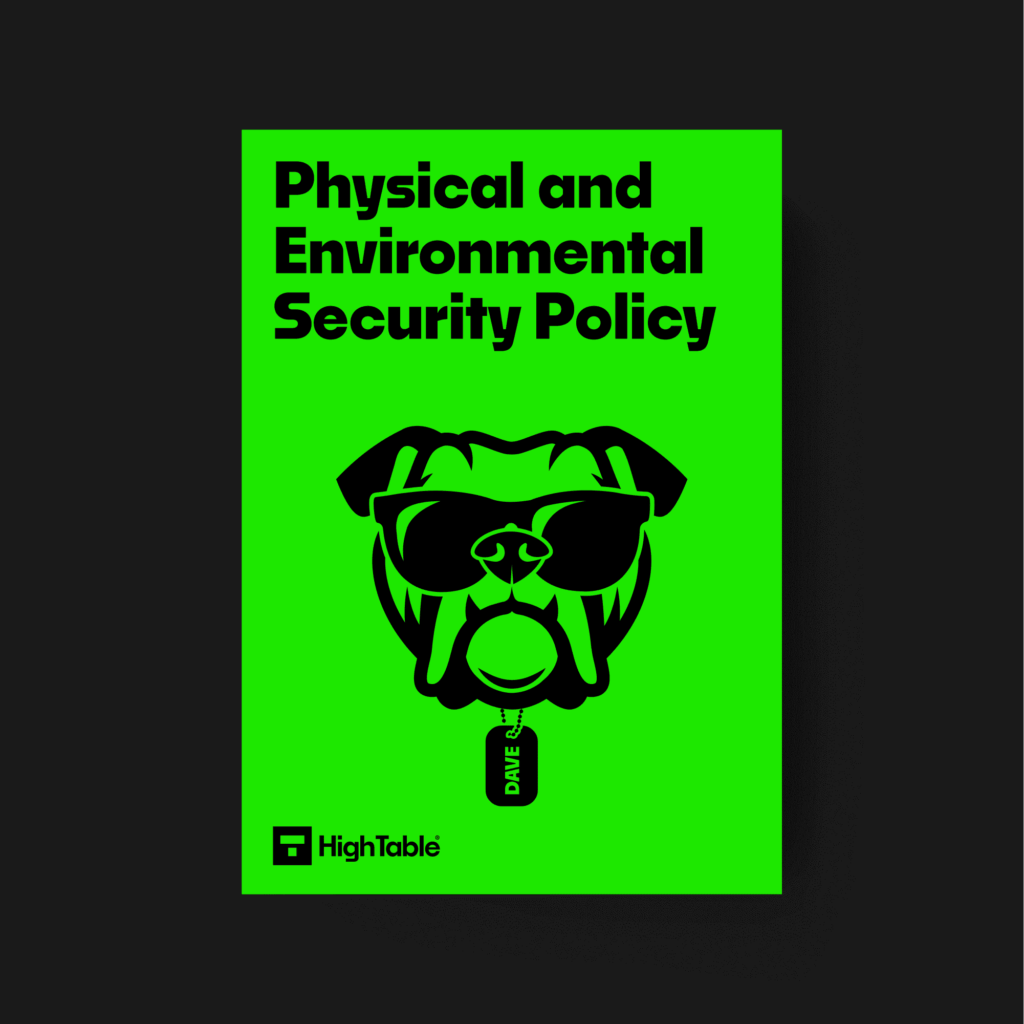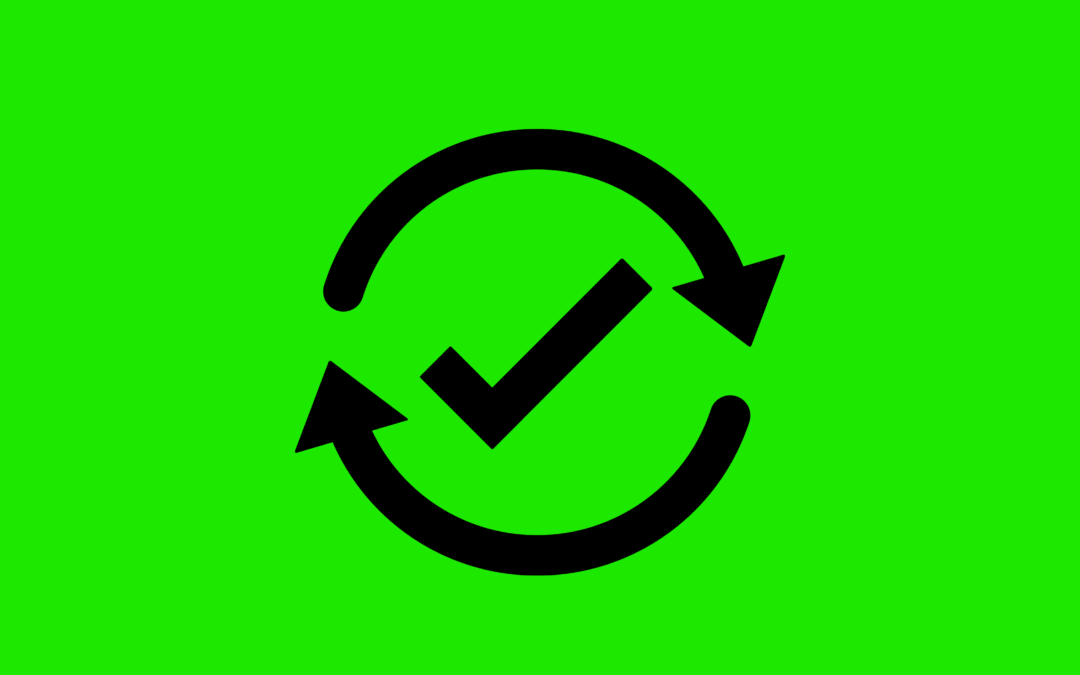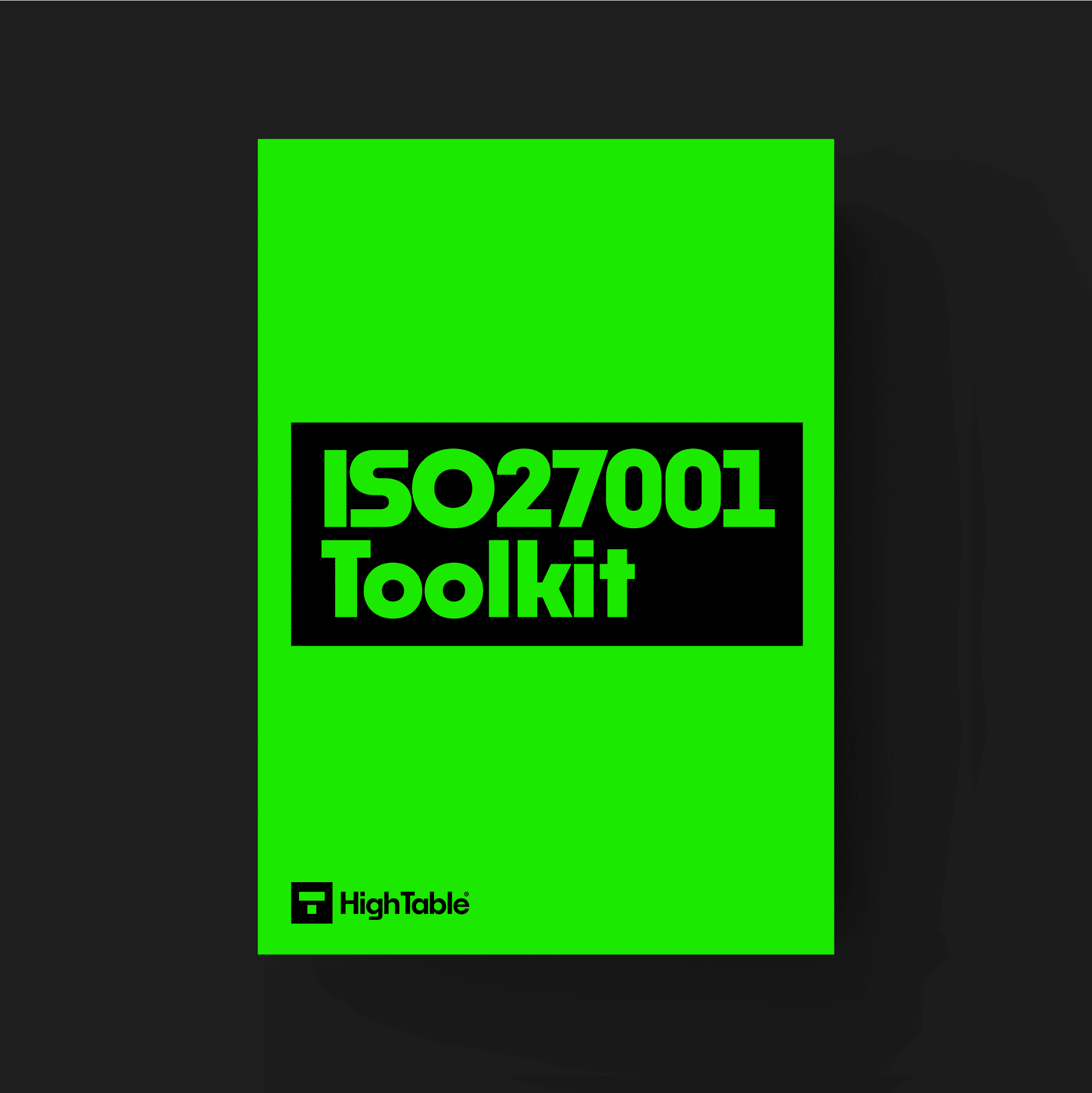ISO 27001 Protecting Against Physical and Environmental Threats
The focus for this ISO 27001 Control is physical protection from natural disasters and physical threats. As one of the ISO 27001 controls this is about reducing damage and impact from things that cannot be planned and are out of your control.
Table of contents
- ISO 27001 Protecting Against Physical and Environmental Threats
- What is ISO 27001 Annex A 7.5?
- Watch the ISO 27001 Annex A 7.5 Tutorial
- How to implement ISO 27001 Annex A 7.5
- ISO 27001 Physical Security Policy Template
- How to pass the audit
- What the auditor will check
- Top 3 Mistakes People Make
- ISO 27001 Annex A 7.5 FAQ
- Related ISO 27001 Controls
- Further Reading
- ISO 27001 Annex A 7.5 Attribute Table
What is ISO 27001 Annex A 7.5?
ISO 27001 Annex A 7.5 Protecting Against Physical and Environmental Threats is an ISO 27001 control that requires an organisation to protect against physical and environmental threats.
ISO 27001 Annex A 7.5 Purpose
ISO 27001 Annex A 7.5 is a preventive control that ensures you prevent or reduce the consequences of events originating from physical and environmental threats.
ISO 27001 Annex A 7.5 Definition
ISO 27001 defines ISO 27001 Annex A 7.5 as:
Protection against physical and environmental threats, such as natural disasters and other intentional or unintentional physical threats to infrastructure should be designed and implemented.
ISO 27001:2022 Annex A 7.5 Protecting Against Physical and Environmental Threats
Watch the ISO 27001 Annex A 7.5 Tutorial
In the video ISO 27001 Protecting Against Physical & Environmental Threats Explained – ISO27001:2022 Annex A 7.5 I show you how to implement it and how to pass the audit.
How to implement ISO 27001 Annex A 7.5
You are going to have to
- conduct a risk assessment
- consult a professional for specialist advice where required – for example fire, flood, theft, civil unrest, earthquake, explosions
- install and configure systems to detect fire, flood, electrical surges explosive and weapons
- implement physical security controls based on risk and business need
The implementation of securing offices, rooms and facilities is in the context of the physical security perimeter where you can find guidance in the Ultimate guide to ISO 27001 Annex A 7.1 Physical Security Perimeter.
Health and Safety
Your number one priority is to meet the requirements of law and regulation. Be sure to engage with a legal professional to understand what you can and cannot do and to check that you are not breaking any laws. The most significant laws are those around health and safety as the protection of human life and wellbeing is always our number priority. There are common things that should be considered such as entry point doors that fail open. Whilst we want to protect buildings and information our absolute priority is to protect people.
Define your protection requirements
Start by understanding your risk and doing a risk assessment. For guidance on how, read The Complete Guide to ISO 27001 Risk Assessment. This is going to be based on the needs of the business and the risks that you are managing. As a starting point there are basics such as protection from fire and flood. It maybe that the physical environment brings with it other threats such as electrical surges, local civil unrest, explosives, tectonic fault lines. Do what is right for you. Consider the environment around the location and the threats that may be posed and be sensible in addressing them.
ISO 27001 Physical Security Policy Template
To communicate to people what you do and what is expected you are going to write, sign off, implement and communicate your topic specific Physical and Environmental Security Policy.

How to pass the audit
To pass the audit of ISO 27001 Annex A 7.5 you are going to
- Define your physical protection requirements
- Consult with a legal professional to ensure you are meeting legal and regulatory requirements
- Consult with appropriate professionals who specialise in the identified protection requirements
- Implement your physical threat protection
- Write, sign off, implement and communicate your topic specific Physical and Environmental Security Policy
- Write, sign off, implement and communicate your perimeter incident response procedures
- Implement a process of internal audit that checks that the appropriate controls are in place and effective and where they are not follow the continual improvement process to address the risks
What the auditor will check
The audit is going to check a number of areas. Lets go through them
1. That you have considered physical and environmental threats
The audit will do some research and identify any obvious physical and environmental threats and that you have addressed them. If you are in a flood plane, have you considered and implemented protection against flooding. If you are in an area to susceptible to civil unrest do your controls address this. Are the basics such as fire protection covered and are they appropriate. A common one to check here is that fire extinguishers are legal and maintained and evidenced as being maintained.
2. The you have implemented controls
They have been doing this a long time and done many audits so they know what to look for. They will test the controls and see what happens where they can. They will want to see evidence that the controls have been reviewed and tested and are working as intended.
3. Documentation
They are going to look at audit trails and all your documentation. They will look at appropriate maintenance, reviews, logs of monitors and reports, incidents and how you managed them.
Top 3 Mistakes People Make
The top 3 mistakes people make for ISO 27001 Annex A 7.5 are
1. Your fire extinguishers are not up to date
This one feels a bit random but as they walk around they will check fire extinguishers and look for evidence that they are operational and maintained. An example would be a fire extinguisher that works on pressure and the pressure gauge is at zero or in the red. Also that there is no evidence of them being maintained.
2. One or more members of your team haven’t done what they should have done
Prior to the audit check that all members of the team have done what they should have. Have control reviews taken place? Who gets informed about about the alarms and notification and do they still work here?
3. Your document and version control is wrong
Keeping your document version control up to date, making sure that version numbers match where used, having a review evidenced in the last 12 months, having documents that have no comments in are all good practices.
ISO 27001 Annex A 7.5 FAQ
These are the kind of threats that can destroy facilities and at the very basic level prevent you gaining access. They are common place but often over looked. As a physical security control you want to do all you can to protect for unforeseen events using the most common types of events as your inspiration. It is all about risk management.
You will need the ISO 27001 Physical and Environmental Security Policy
There are templates that support ISO 27001 Annex A 7.5 located in the ISO 27001 toolkit
If you have a physical location, office or processing facility, then yes.
Yes. You can write the policies for ISO 27001 Annex A 7.5 yourself. You will need a copy of the standard and approximately 8 hours to do it. It would be advantageous to have a background n information security management systems. Alternatively you can download them the ISO 27001 Physical and Environmental Security Policy
The main template you need is the Physical and Environmental Security Policy
ISO 27001 Annex A 7.5 is not particularly hard as it is mainly common sense. As long as you consult with a legal professional on what you are doing to ensure you are not break any laws or regulations you will be fine. Physical security has been around a long time.
To write the Physical and Environmental Security Policy will take about 8 hours. To implement the controls will depend on what you re doing and what you are implementing. It can take from a few hours to a few months depending on how many locations you have and the level of security that you are implementing.
The Physical and Environmental Security Policy will cost you 8 hours to write yourself or less than £10 to buy. The cost to implement the controls will depend on what controls you implement and where you buy them.
Related ISO 27001 Controls
ISO 27001 Annex A 7.6 Working In Secure Areas
ISO 27001 Annex A 7.4 Physical Security Monitoring
Further Reading
ISO 27001 Physical Asset Register Beginner’s Guide
How To Create an ISO 27001 Threat Intelligence Process and Report
ISO 27001 Annex A 7.5 Attribute Table
| Control type | Information security properties | Cybersecurity concepts | Operational capabilities | Security domains |
|---|---|---|---|---|
| Preventive | Confidentiality Integrity Availability | Protect | Physical_security | Protection |
About the author
Stuart Barker is an information security practitioner of over 30 years. He holds an MSc in Software and Systems Security and an undergraduate degree in Software Engineering. He is an ISO 27001 expert and thought leader holding both ISO 27001 Lead Implementer and ISO 27001 Lead Auditor qualifications. In 2010 he started his first cyber security consulting business that he sold in 2018. He worked for over a decade for GE, leading a data governance team across Europe and since then has gone on to deliver hundreds of client engagements and audits.
He regularly mentors and trains professionals on information security and runs a successful ISO 27001 YouTube channel where he shows people how they can implement ISO 27001 themselves. He is passionate that knowledge should not be hoarded and brought to market the first of its kind online ISO 27001 store for all the tools and templates people need when they want to do it themselves.
In his personal life he is an active and a hobbyist kickboxer.
His specialisms are ISO 27001 and SOC 2 and his niche is start up and early stage business.


